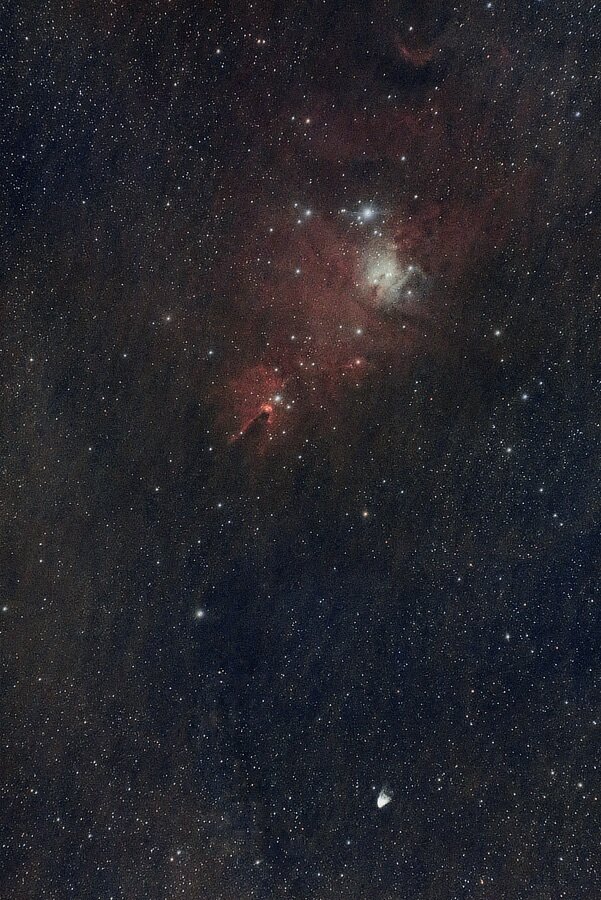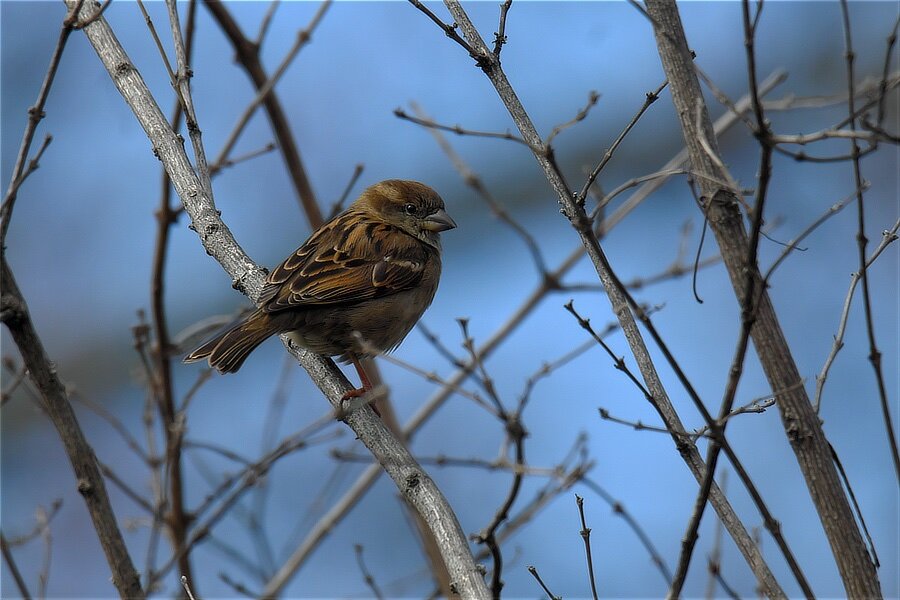
jerryy
Members-
Posts
1,586 -
Joined
-
Last visited
-
Days Won
245
Content Type
Forums
Gallery
Store
Everything posted by jerryy
-
How are setting the flashes to fire? M only turns on / off the auto focus routines, some lenses can still override this depending on how they are set. It is possible this switch is messed up and affecting other parts of the camera routines. Shooting in raw or jpg or whatever has no bearing on that preview setting, it is there to how you what the ambient light is doing so you can make needed adjustments.
-
XF 18-55 aperture ring changing aperture even when is Auto
jerryy replied to MATL's topic in Fuji X Lenses
That much override should not happen. I guess you get to choose whether to just live with it or try to find out if it is the lens or the body. -
Arrgh! That you are using flash is very important information, the screen will definitely turn dark for those settings. Try this video: https://www.youtube.com/watch?v=gmVxAmEWYRk You need to turn the preview exp./wb setting to OFF or Preview WB. This setting affects what you see in manual mode.
-
XF 18-55 aperture ring changing aperture even when is Auto
jerryy replied to MATL's topic in Fuji X Lenses
When you do this, does the f-stop go through the full range of available choices or does it only change by one or two stops, then goes back to being Auto? In other words, can you move the f-stops from say f2.8 to f22 or does it just change by a stop or so before going back to Auto? If you can move the full range, then something is odd, but if you can only change a little, then that is normal. -
What @abmet said, more information please! Try this, set the ISO to 6400, the shutter speed to 1/250, and put the lens’ aperture switch to A. Go outside during the brightest time, around midday or early afternoon and see what you get. The f-stop should be a large number, the lcd should show you the scene. It could be a little dark. Then try moving the aperture switch back, set the f-stop to wide open and try again. The image on the lcd should be brighter. There is a setting to dim the displays’ brightness, https://fujifilm-dsc.com/en/manual/x-t5/menu_setup/screen_set-up/ that may be affecting what you are (not) seeing.
-
Unable to set my XT30 to P mode, but able to switch M & A
jerryy replied to Bachu's topic in Fuji X-T3 / Fuji X-T30
Did you move the lever (below the shutter speed dial) to Auto? https://fujifilm-dsc.com/en-int/manual/x-t30/basic_photo/photo_take/index.html The person in the video you list does say to do that, but his mention is very brief, more of an off-hand remark from which he then jumps to explaining how to set other cameras up that it would be easily missed. p.s. Welcome to the forum. -
It is possible to turn the LCD off, https://fujifilm-dsc.com/en/manual/x-t5/about_this_camera/display/index.html#choosing_display_mode Does toggling the display on / off reset it?
-
Orion has plenty of interesting parts to see; nebulas, bright glowing stars and whatnot. Orion is not the only neat thing in that part of the sky, the Rosette Nebula is close by and it is certainly neat to see. But there is also a Cone, a Christmas tree and a little variable thing as well. This is the equivalent of 112 minutes and lots of change worth of exposure. NGC 2261, Hubble’s Variable Nebula is named after astronomer Edwin Hubble, who also has the big space telescope named after him: https://hubblesite.org/contents/media/images/1999/35/904-Image.html The Cone Nebula, NGC 2264, is actually much larger than the part seen above, the part in the images is what gives it its name: https://www.constellation-guide.com/cone-nebula/ NASA had some fun with the Christmas Tree Cluster (The batch of stars in the “lower” part of the Cone Nebula), they rotated the image upside down — or right side up if you view it in the land down under — x-ray colored the nebula green and animated the Cluster’s stars. They have a player on their page: https://www.nasa.gov/image-article/telescopes-illuminate-christmas-tree-cluster/
-
-
Canon EF 400 f5.6L on my X-T4 with the K&F EF-FX A/F adapter
jerryy replied to BobD's topic in Adapting lenses to Fuji X
Welcome to the forum. That is a really good lens, hopefully it will give you many great images. You did not mention which K&F adapter are getting, they make several, but not all of them have the aperture control ring on them. Since that lens does not have an aperture ring, the price for the adapter with the ring (if you want it) is not much more than for the one without the ring. I am mentioning this so that if the menu does not allow you to change f-stops for that lens - adapter combination (the lens will stay wide open for every shot), it is still possible to get it to work. Best wishes. -
As @Greybeard wrote, there is more going on than just saving a changed setting. Even if it were only that, it would still be tricky. Different settings take up different size spaces in the file. Trying to overwrite that can easily wreck the file. Early computer based EXIF editors would not do more than report settings for the raw files they would allow users to read. Your Velvia image file may take 2MB more storage than the Provia one, but changing from one to the other seamlessly would be difficult to pull off without a massive amount of processing. All while doing other camera stuff. RAF is vastly different in what it does than JPEG or TIFF or ...
-
Your last point does not make a lot of sense. It is similar to saying ‘take a raw file, run it through LightRoom or whichever raw convertor you are using to find a neat version but then overwrite the saved parameters in the original raw file instead of saving the new version as a separate image.’ Raw files store the image as shot. Using what you are suggesting, if someone needs to go back to the original ‘as shot’ image, it would be impossible.
-
-
You might also try searching using the expression: dragging the shutter. I do think you will get better results using an external flash, but the built-in one can give you an idea of how things like that work. Let us know how your results go. edit: corrected spelling mistakes.
-
I suspect you will get better results for what you said you intend to do by using external flashes. Fujifilm, Godox and Profoto all make flashes compatible with your X-S20. Prices vary with what are included as features.
-
The Snow Moon... When this moon finishes growing up it will be February's Snow Moon: https://www.almanac.com/full-moon-names
-
A Rose by another name ... is a Screaming Skull! NGC 7789, a star cluster located in the Cassiopeia Constellation, is called Caroline's Rose Cluster in honor of astronomer Caroline Herschel who discovered it in 1783. It also goes by the name The Screaming Skull Cluster. I must lack the cultural background or imagination, I have viewed this cluster through different telescopes at differing times of the season, but I just do not imagine a skull, much less a screaming one. Oh well. This is the equivalent of 84 minutes, 40 seconds of exposure. It also goes by the nicknames Ghost Cluster, Star Mist Cluster, Herschel's Spiral Cluster and Crab Cluster, maybe star mist might come close as a name... https://apod.nasa.gov/apod/ap171115.html https://skyandtelescope.org/online-gallery/ngc-7789-an-open-cluster-in-cassiopeia/
-
Your lens is okay for this. One common technique is to use a flash in taking the photograph. The light from the flash freezes the subject while the longer shutter speed allows the background motion blurring. It takes a lot of practice and patience. Use your search engine to look up long exposure portraits. You should find many articles with examples and probably quite a few demonstration videos. Best wishes. p.s. Welcome to the forum.
-
Welcome to the forum. I found a company that claims to sell the motherboards, but ... I do not if this is an authorized company or not, your repair center should be able to make that determination (some companies sell what are called grey-market parts, which may or may not be actual replacements or may be cheap clones, etc.) Stuff like this comes up from internet searches, buyer beware. Since I am located in the US, the price came up in US dollars, it is high enough that getting a used X-T1 may be a better bargain. Really!!!! https://www.goodfordigital.com/product/original-new-x-t1-mainboard-for-fuji-xt1-main-board-x-t1-motherboard-camera-repair-parts-free-shipping/
-
-
Orion's Head Is ... An Angelfish. Meissa (lambda Orionis), the star named as Orion's head, is the least bright star in the constellation. but still easily visible as long as the light pollution does not overwhelm the night sky. Located above and to the left of Bellatrix, Orion's left shoulder, if you look at it using binoculars or telescopes, you can also see several other close-by stars. (Screen capture from KStars* with added annotation.) Meissa also centers Sh2-264, the Angelfish Nebula. Ehh, probably more of a freshwater angelfish than the saltwater version...🤔. This is the equivalent of an 83 and 1/3 minutes exposure. Meissa: https://www.star-facts.com/meissa/ Sh2-264 (Angelfish Nebula): https://en.wikipedia.org/wiki/Sh2-264 KStars (free, cross platform planetarium program): https://kstars.kde.org/
-
Best Raw processor in 2024?
jerryy replied to Paul Szilard's topic in RAW conversion Fuji X-Trans Sensor
The ones you listed are good ones, maybe add DarkTable to that list.- 3 replies
-
- processing
- gfx
-
(and 1 more)
Tagged with:
-
What do you mean by open it? Usually after downloading the update, one puts the sd card in a card reader attached to the computer and uses the Finder to drag the update file over to the sd card’s icon and drop the fie on the icon. This copies the file to the outermost level for the card. Then eject the card, put it back in the camera and start the camera part of the update process.














-600.jpg.2485c7a3f9c206f5ff06c779da357332.jpg)


